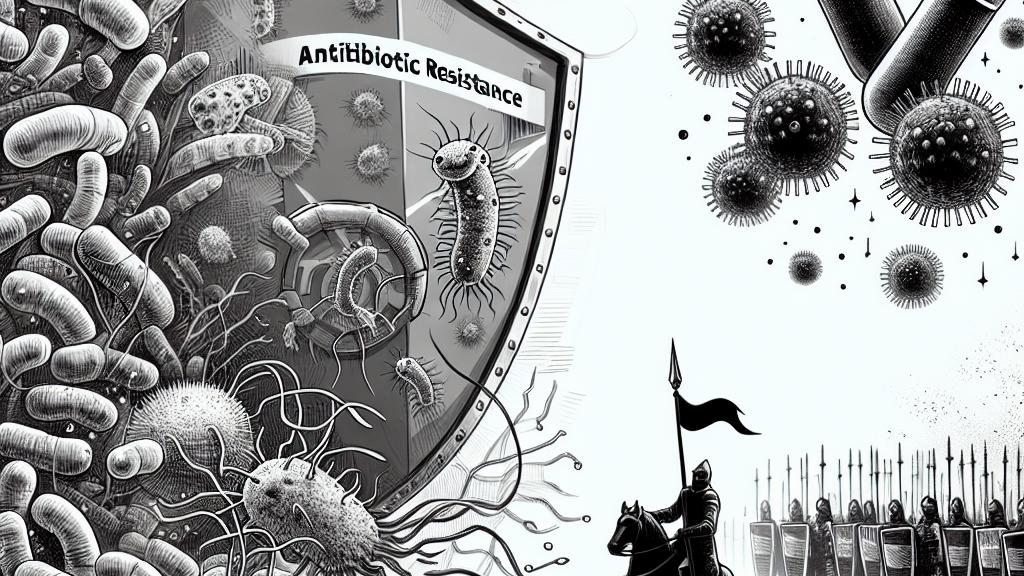Targeting Bacterial Defenses for Antibiotic Effectiveness
Overview
- An urgent call for innovative antibiotics and strategic solutions against rising resistance.
- A vivid exploration of bacterial defense mechanisms as fresh targets in the fight against infections.
- Highlighting collaborative research efforts revealing groundbreaking strategies to combat dormant bacterial threats.

The Global Challenge of Antibiotic Resistance
Antibiotic resistance poses one of the most grave challenges in contemporary medicine, affecting millions and jeopardizing essential healthcare services. It's a multifaceted issue; resistant bacteria have evolved alongside us, making every infection potentially life-threatening. In Sweden, commendable actions such as improved sanitation and access to clean water have shown promise, yet these measures alone can't stem the tide. Michaela Wenzel, a pioneering researcher at Chalmers University of Technology, candidly points out that halting the evolutionary march of bacteria is impossible. Therefore, while the search for new antibiotics is pivotal, innovative strategies to combat these evolving pathogens are equally crucial. Consider the exciting developments in bacteriophage therapy—these viruses can selectively target and destroy bacteria, introducing a new battlefront in our war against resistance.
Targeting the Bacterial Cell Envelope
At the heart of this ongoing battle lies the bacterial cell envelope, a robust structure that acts as the first line of defense. This envelope offers a formidable barrier, protecting bacteria from the harmful effects of antibiotics. While traditional antibiotics like penicillin primarily target the synthesis of the cell wall, the rapid rise of resistance calls for an urgent shift towards innovative approaches. Wenzel and her skilled team are leveraging advanced microscopy techniques to deepen our understanding of how antibiotics interact with this vital barrier. Imagine the potential breakthrough: discovering exactly how an antibiotic can bypass the defenses of a bacterium! By focusing on the intricate details of the cell envelope, this research could unlock pathways to enhance the efficacy of current treatments, turning our existing arsenal into a formidable weapon against resilient bacteria.
Innovative Approaches for Dormant Bacteria
The complexity of treating infections intensifies when we consider dormant bacteria, those cunning organisms that can shut down their metabolic processes to survive hostile environments. These dormant states present significant challenges, particularly in the case of chronic infections such as tuberculosis, where patients often face persistent health battles. Through collaborative research, Wenzel’s team is exploring promising strategies to target these non-growing bacterial forms. They are diligently searching for molecules that can manipulate membrane channels—critical pathways that bacteria use to expel unwanted substances and survive under stress. Imagine combining these newly discovered molecules with established antibiotics! This combination holds the tantalizing promise of effectively eliminating stubborn infections that once seemed insurmountable. Envision a healthcare landscape where chronic infections are things of the past; this vision could soon transform into reality as researchers continue to innovate and strive for breakthroughs.

Loading...